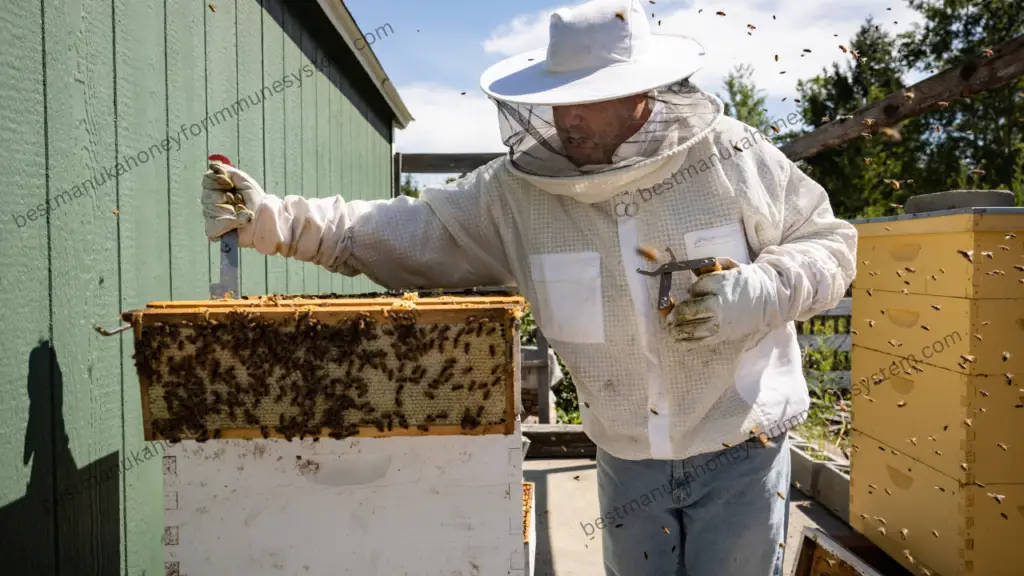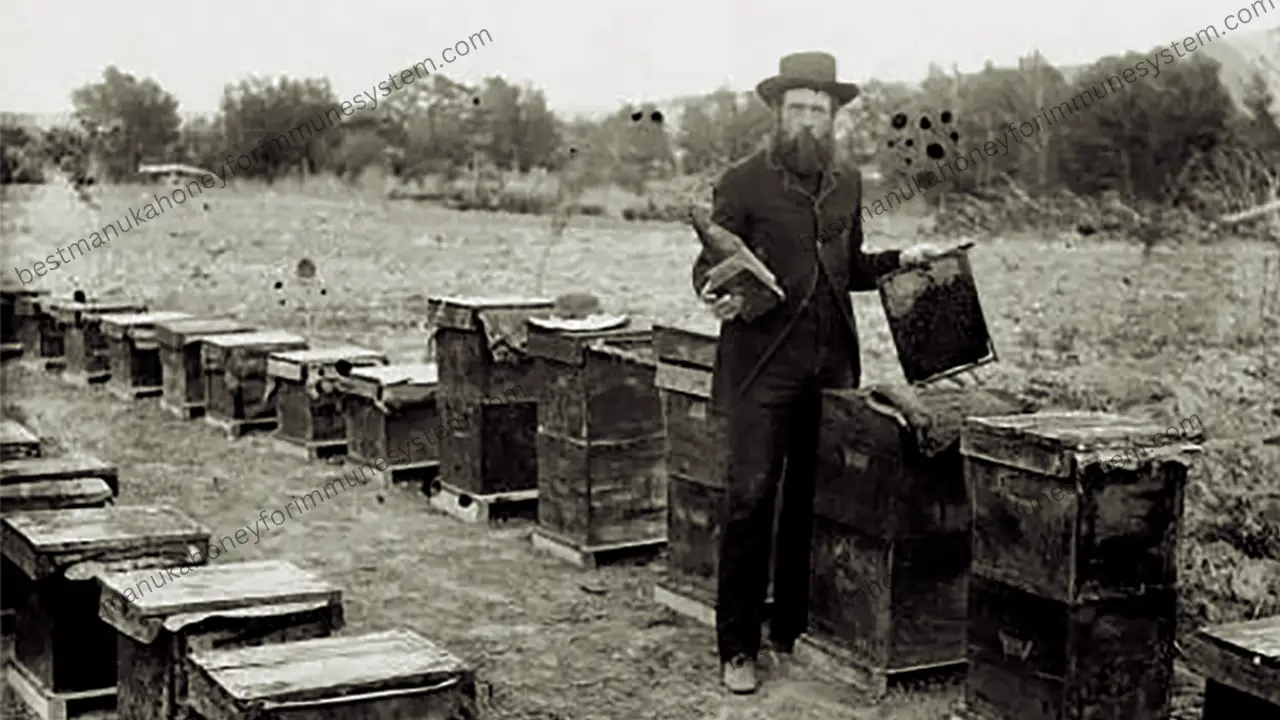Have you heard of Beowulf?
It is an Old English epic poem in the tradition of Germanic heroic legend.
To this day, it is one of the most important and often translated works of Old English literature.
It is clear in the poem that mead (made from honey) was a popular drink of the time. In fact, fermented alcoholic beverages were the standard way to hydrate at the time, as water couldn’t be drunk so easily due to dysentery and diarrhea.
And what does it take to prepare fermented drinks? 🐝🍯❤️
Sugar!
However, at the time there were no sugar plantations yet, especially in Europe. It was only when trade with more tropical regions began that sugar became a standard product in European households.
Then, in 1600, a book called The Feminine Monarchies was published in England.
The book detailed how a hive worked and, as the name suggests, explained that hives were run by a queen, not a king. The book also explores the different medicinal uses available for honey, such as treating chest and throat ailments.
This paved the way for the emergence of modern beekeeping as we know it today.
It began in the 19th century in America and what accelerated its spread around the world was the invention of the modern beehive.
This distinction goes to Reverend Langstroth. In 1851 Langstroth was just an amateur, raising bees like pigeons.
However he discovered that if he constructed a wooden hive exactly the same size as a wild hive, the bees could be kept in an artificial hive which could be divided into parts and then put back together.
Essentially, he could extract honey from a hive without having to open it.
He called this particular measurement the bee spatial distance, which was about 0.95 centimeters. Some argue that space dedicated to beekeeping was already in use in Europe and had been discovered earlier.
However, Langstroth is certainly credited with creating the “top-opening hive” in which the bee space was used above the frame so that it was not sealed with propolis, which allowed him to easily remove parts of the chassis. and replaced. the hive at will.

The advantages of this discovery were evident. Langstroth could now keep thousands of bees living in a hive he controlled.
He could cure the hive of diseases that could be harmful to the bees, he could place it wherever he wanted and next to any flower he wanted, and, most importantly, he could harvest honey. without destroying the colony.
Langstroth received a patent for his hive in 1852. Within a few months, he had more than a hundred of these hives in operation and began selling them.
Eventually, Langstroth became a full-time beekeeper, importing and even selling Italian bees (considered more productive than American bees) throughout America.
Today, Langstroth hives are still widely used. It truly is the catalyst that gave us the miracle of modern beekeeping and why we can easily pick up jars of fresh honey from our supermarket shelves!
Also Read

